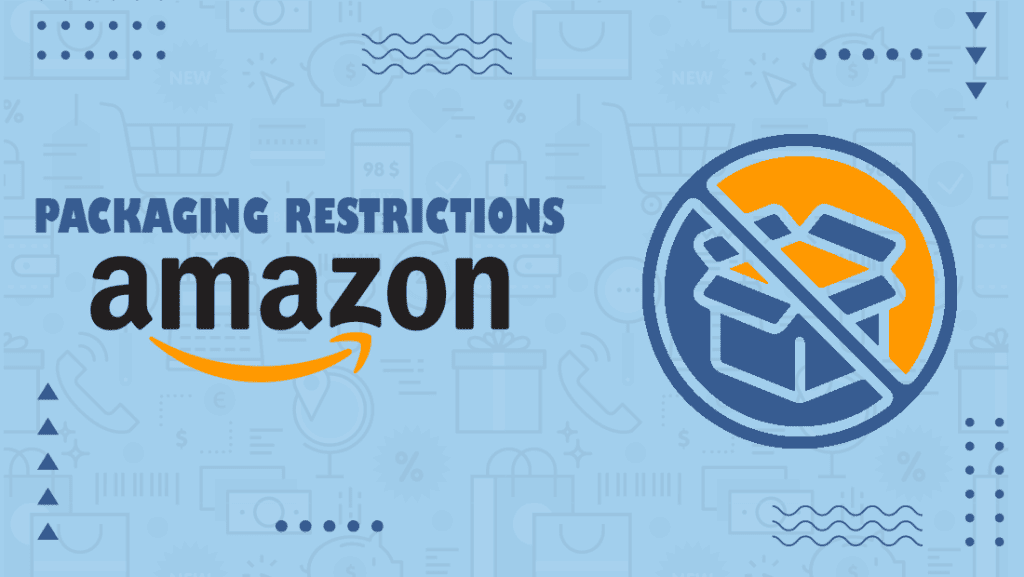Table Of Content
Introduction
Standard Packaging Requirements
Frustration-Free Packaging (FFP)
Preventing Damage During Transportation
Labeling Requirements
Hazmat and Dangerous Goods
Amazon Prep Services
Avoiding Excessive Packaging
Sustainability and Environmental Considerations
Consequences of Non-Compliance
Staying Informed and Adapting
Introduction
In the ever-evolving world of e-commerce, understanding and complying with platform-specific regulations is crucial for a successful and seamless selling experience. Amazon, being a major player in the market, has specific guidelines regarding packaging that sellers must adhere to. In this blog, we’ll delve into the packaging restrictions on Amazon and provide valuable insights for sellers to ensure compliance
Standard Packaging Requirements:
Amazon has established standard packaging requirements to ensure the safe and secure delivery of products. Sellers are expected to comply with guidelines such as using corrugated boxes, proper labeling, and ensuring that items are sealed and protected.
2. Frustration-Free Packaging (FFP):
To enhance the customer experience, Amazon encourages sellers to use Frustration-Free Packaging. This type of packaging is easy to open, minimizes waste, and often eliminates the need for an additional shipping box.
3. Preventing Damage During Transportation:
Effective packaging is crucial for preventing damage during transportation. Sellers should use appropriate packaging materials, cushioning, and labeling to protect products from potential hazards during shipping.
4. Labeling Requirements:
Accurate and visible labeling is essential. Sellers must ensure that the required information, including product details, barcodes, and shipping labels, is correctly placed and easy to identify.
5. Hazmat and Dangerous Goods:
Products classified as hazardous materials (hazmat) or dangerous goods must comply with specific regulations. Sellers need to provide accurate information, use approved packaging, and adhere to shipping restrictions for such items.
6. Amazon Prep Services:
For sellers who prefer outsourcing the packaging process, Amazon offers Prep Services. This ensures that products are prepared according to Amazon’s standards before being shipped to fulfillment centers.
7. Avoiding Excessive Packaging:
While protection is crucial, sellers should avoid excessive packaging. Over-packaging not only contributes to environmental concerns but may also incur additional fees from Amazon.
8. Sustainability and Environmental Considerations:
Amazon is increasingly emphasizing sustainability. Sellers are encouraged to adopt eco-friendly packaging materials and practices to align with Amazon’s commitment to environmental responsibility.
9. Consequences of Non-Compliance:
Failure to comply with Amazon’s packaging requirements can result in various consequences, including additional fees, delayed shipments, or, in extreme cases, removal of product listings.
10. Staying Informed and Adapting:
Amazon’s policies are subject to change. Sellers should regularly review Amazon’s Packaging and Prep Requirements to stay informed about any updates and ensure ongoing compliance.
Navigating packaging restrictions on Amazon is a crucial aspect of a successful selling journey. By understanding and adhering to these guidelines, sellers can not only meet Amazon’s standards but also enhance the overall customer experience and build trust with their audience.





